It’s not uncommon after a road has been paved over or resurfaced for it to leave cars with gravel and tar all over the tires. The tar, sticky and clinging, picks up gravel from the road, causing the tires to be covered with seemingly unending amounts of both. As many know, besides the brakes, the tires are the most essential part of the car when it comes to preventing skidding, which makes removing gravel and tar an absolute necessity. Luckily, for car owners, this process is quite simple and only takes a few steps and a few tools to complete.
Top secrets of bodybuilding curl bar boldenone undecylenate injection for sale in california is bacon good for bodybuilding.
Materials and Tools
Directions for Gravel and Tar Removal
Step 1: Using a screwdriver or plastic knife, scrape the large deposits of tar and gravel off the tire. The plastic knife is meant to help avoid damaging or puncturing the tire. If you decide to use the screwdriver, try to avoid puncturing the rubber.
Step 2: With the rigid scrubbing brush—as well as a lot of detergent and elbow grease—scrub the rest of the gathered gravel and tar off. Try and remove as much of both as you can.
Step 3: Apply a fair amount of linseed oil to the tires and then let the oil seep into the tar for around 25 minutes to half an hour. Take the plastic knife or screwdriver and try scraping off more of the tar.
Step 4: At this point, if you haven’t scrubbed off the rest of the tar, try applying a tar-removing product to the vehicle’s tires. Keeping safety in mind, you can try using kerosene or even a cleaning solvent like Prep-Sol, the intended for which is removing dirt, road film, and tar.
You can also try water-dispersing products, such as RP-7 or WD-40 or RP-7, which are also designed to dissolve tar. For this, you will need some patience and more elbow grease. Review the product’s directions regarding how much to apply and how long you should wait in between applications, as your tires may require more than one.
Review the product’s directions regarding how much to apply and how long you should wait in between applications, as your tires may require more than one.
Step 5: Wash the tires thoroughly with water and detergent, using the scrub brush to remove any leftover residue from the tar-removing or water-dispersing product.
Warning: While they can remove gravel and tar, avoid using strong chemicals on your tires because these products will destroy them. Also, don’t use flammable products, such as gasoline, as this could cause the tire to catch on fire.
Think you or someone you know is in need of Behind the Wheel Training? Training Wheels is an Atlantic City driving school specializing in teaching new teen drivers how to stay safe on the road. For more information on our lessons, please click here.
Copyright: candy18 / 123RF Stock Photo
If you are convinced that your tires were great just before leaving for your destination and suddenly, you hear a
loud thumping noise while driving, a couple of things could have gone wrong.
One of such things is your tires coming in contact with fresh road tar and gravel.
Well, you don’t have to worry because this article teaches how to remove tar from tires without stress.
Page Contents
Many vehicle owners know that the tires are one of the most important parts of a car, and it needs to be kept in great condition at all times. That means, spending time inspecting your wheels before you hit the road.
However, the road could have other plans for you – the regular route you take might become a construction zone overnight. Therefore, there is a good chance that you’ll be driving across a patch of wet tar.
Unfortunately, tar isn’t something you can easily remove and continue driving.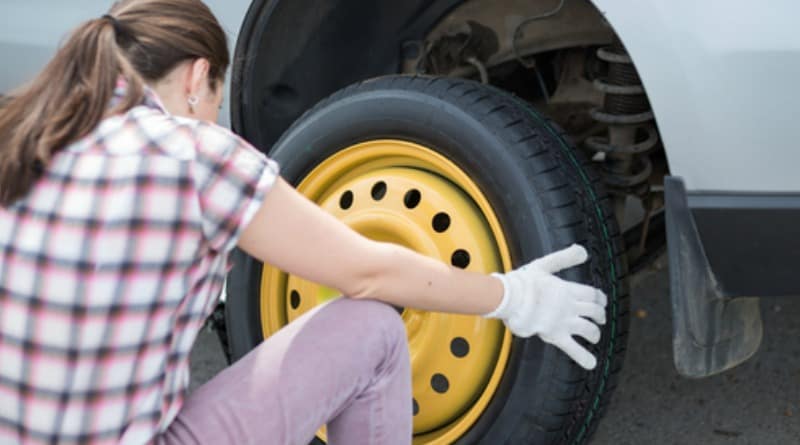 Sometimes, it takes a lot of effort.
Sometimes, it takes a lot of effort.
The reason why tar is such a pain to remove from a tire is that it immediately hardens on the rubber and ordinarily, you cannot use a stiff scrubbing brush to get rid of it. In fact, as much tar is on the tires, the more difficult it is to remove.
You need cleaning materials and tools such as mild detergent or solvent, brush, degreaser, putty or plastic knife, pressure washer, etc.
Considering how tar attaches to tires, it doesn’t look like a good thing. It is capable of limiting driving conditions and eventually causing accidents.
Tar is dangerous because it makes your tires unbalanced by putting unnecessary pressure on ball bearings, wheels assembly, and shocks.
Due to the stress exerted on the wheels, you start experiencing vibrations, poor tread wear, and eventually, bad tires.
As bad as tar is on tires, they can be removed. In fact, you may not have to spend on repairing or getting a new tire. All you need is the right equipment for
DIY tar removal.
In fact, you may not have to spend on repairing or getting a new tire. All you need is the right equipment for
DIY tar removal.
Removing tar immediately you notice limits the damaging of your tires for road driving.
If you are ready, to begin with, the removal process, cleaning solvent or agent is definitely the most important thing you need.
While there are many of them, only a few works best to remove tar from tires. See below.
WD-40 490043 Multi-Use Lubricant Spray
Buy Now
We earn a commission if you click this link and make a purchase at no additional cost to you.
One of the easiest methods to remove tar from tires is using WD-40. It is one of the best water dispersing products and is readily available in many stores.
Using this cleaning solvent doesn’t take too much – all you need to do is follow the steps below.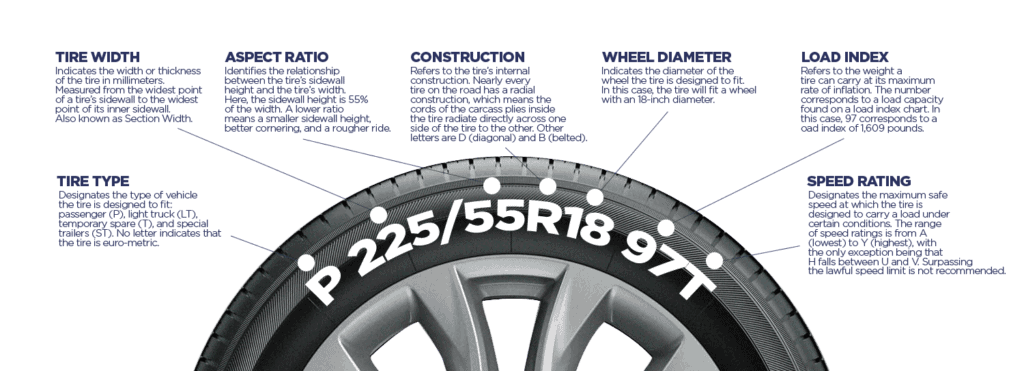
Step 1: Position the tire to different sides to set the working area.
Step 2: Spray the rubber tire with WD40. Make sure you are careful to avoid paint damage. Then, leave for a few minutes to soak in.
Step 3: Use a plastic knife or scraper to get rid of tar completely.
Goo Gone Remover
Buy Now
We earn a commission if you click this link and make a purchase at no additional cost to you.
Another simple tar removing the product to use is the Goo Gone. It is a gel spray for removing tar from tires with little effort.
When using Goo Gone, what you need are white cloth, mild detergent, and water.
Step 1: Set your tires in a suitable position.
Step 2: Apply Goo Gone on the tire tread with asphalt tar.
Step 3: After 5 minutes, use a clean piece of cloth to wipe the stubborn tar off.
Step 4: Once the area looks clear of tar, you should clean the affected area with mild soap and water.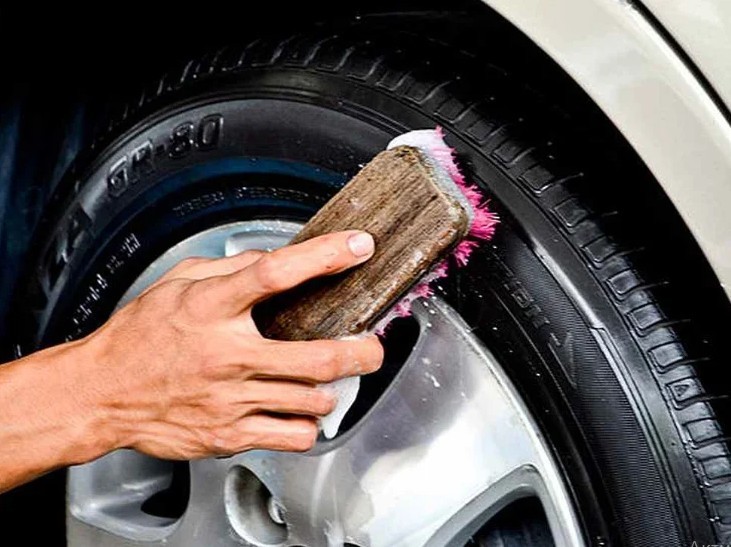
Elbow Grease is another way of removing stubborn tar from tires. A good elbow grease product to use is the Degreaser because of its effectiveness.
There are different ways to use this tar removing product, depending on the intensity of the tar or grime.
Step 1: Dilute the degreaser in water in a 1:3 ratio.
Step 2: Spray the degreaser on the tire, and leave it for 5 minutes to soak in.
Step 3: Use a plastic knife or putty knife to remove tar completely from the tires
You can choose to leave the degreaser to soak in for more than 12 hours if the tar doesn’t come off easily.
Stoner Car Care Tar & Sap Remover
Check Prices
We earn a commission if you click this link and make a purchase at no additional cost to you.
Another effective cleaning method for tar and gravel from tires is the Tar Remover.
It is an effective cleaning agent that was particularly designed to remove hardened tar, bugs, and grime from surfaces.
Described below is how you use this product.
Step 1: Dilute 1 cup of bug and tar remover in 1 gallon of water
Step 2: Pour the solution in a spray bottle or container. Using a scrubbing brush, get rid of dirt, debris, or sticky substances from the surface of the tire first before spraying the solution.
Step 3: Then, use a stiff scrub brush to wash off the tar from the rubber tire. For better results, you can also scrape with a plastic knife.
LinSheen Boiled Linseed Oil
Check Prices
We earn a commission if you click this link and make a purchase at no additional cost to you.
Linseed oil is another cleaning agent for tar and gravel removal. However, it requires boiling hot before it can be used.
The mechanism of removing tar from tires isn’t so different from water dispersing products.
Step 1: Apply boiled linseed oil on the tarred tires and wait for a few minutes to soak in.
Step 2: Use a scrub brush to remove the tar from the tires.
Step 3: Wash the surface off with mild detergent and water.
WD-40 is one of the best water dispersing products, and without a doubt, is the easiest way to remove tar and gravel from car tires. It is designed to dissolve tar so that it is removable with minimal effort.
Another incredible water dispersing product that works effectively like the WD-40 is the RP-7.
Hardened tar only means more tar and that can be very difficult to remove.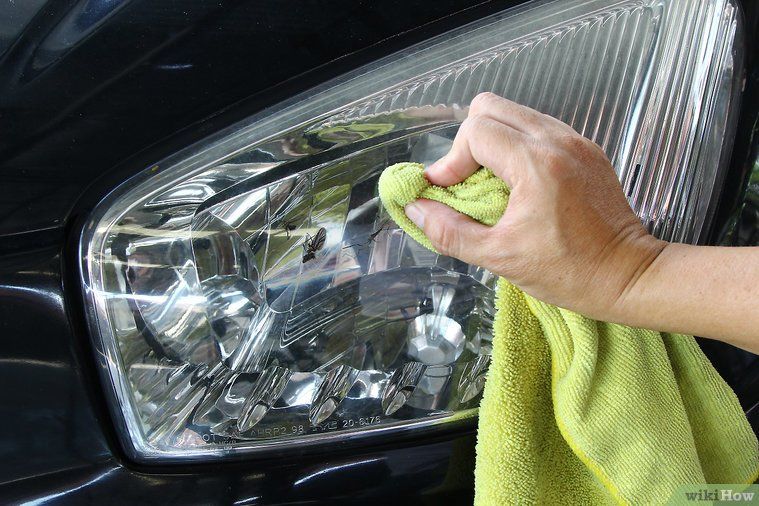 However, there are ways to remove it without damaging the tires.
However, there are ways to remove it without damaging the tires.
First, you can combine different methods listed above OR use kerosene or prep-sol since they are perfect for getting rid of road film and tar.
N.B: Avoid using strong chemicals or flammable products like diesel fuel.
If you drive your car on a road covered with asphalt coal tar, you are likely to get your tires tarred. The first sign that comes with it is a change in color. Your car tires become deep black.
The first sign that comes with it is a change in color. Your car tires become deep black.
Another sign is that it starts shaking – there will be a problem with balancing since the rubber tires are covered with sticky substances.
When you notice your car tire is covered in debris, dirt, or tar, your job is to get it cleaned immediately. You can deploy different methods to ensure your tires are in good condition, including scrubbing and applying tar removal substances.
If tar gets stuck on your car tires, described above is a list of ways to get rid of it. Apply any trick you think is suitable but give the tires enough time for complete tar removal.
Tar spots on wheels are a common problem for car owners. Automotive stores offer a large selection of chemicals that can clean tires from bitumen. In the article, we will consider the cause of the appearance of bituminous stains and popular compositions for dealing with them.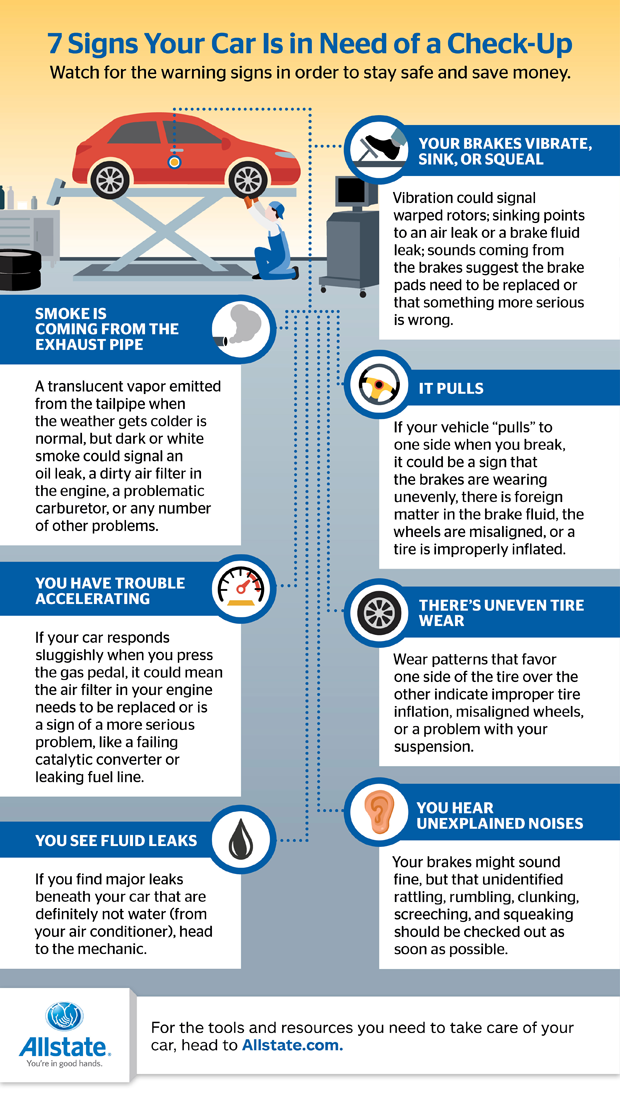
Bituminous resin - a substance that can harm the appearance of the vehicle, but also ruin the wheels and bodywork. In order not to have to apply for expensive repairs, it is recommended to get rid of stains immediately.
Bitumen sticks to wheels more often in spring and summer, when the compound softens under the influence of scorching sunlight. Also, spots can appear as a result of overcoming the area where the car is being repaired.
Automotive manufacturers make a variety of products to remove bitumen from wheels, bodywork, sills, or other vehicle surfaces. All formulations are divided into two main groups:
It is recommended to thoroughly rinse the wheels and bodywork before using cleaning compounds to ensure that dirt does not leave scratches or other defects on the cleaned surface.
In car dealerships, most of the product range is based on surfactants. The composition of such preparations additionally contains alcohols in the form of solutions. The cleaner comes with instructions that tell you how to remove bituminous stains from wheels. Most often, manufacturers recommend applying the product to a contaminated surface and removing stains with a soft fiber or rag.
The composition of such preparations additionally contains alcohols in the form of solutions. The cleaner comes with instructions that tell you how to remove bituminous stains from wheels. Most often, manufacturers recommend applying the product to a contaminated surface and removing stains with a soft fiber or rag.
Examples of popular tools:
Bitumen doesn't just stay on the wheels. Spots cover the body and sills of the car. In this case, a protective film or liquid glass will help get rid of problems.
If the presence of bituminous contamination on the wheels is not immediately detected, they will dry out and then the removal will become difficult. To cope with the problem that has arisen, it is recommended to buy a spray can in a car shop with a composition that can split the hardened stain (were indicated earlier). Further required:
Further required:
Next, it remains to spray the remaining thick accumulations again and follow the same procedure to remove them. The duration of the work will not exceed half an hour.
If bituminous stains were also found on the body during the inspection of the car, it is recommended to additionally treat the surface with chemicals based on isopropyl alcohol:
1. Cleaner with fresh citrus scent #7230.
2. Teer Entferner from Henkel Teroson.
The preparations are applied to the surface, and then, after waiting a couple of minutes, the softened dirt is washed off. It is necessary to work with such compositions carefully.
It is necessary to avoid penetration of the drug into the lungs, so as not to harm the body. Therefore, in the process of cleaning a car from bituminous stains, it is worth wearing rubber gloves and a respirator.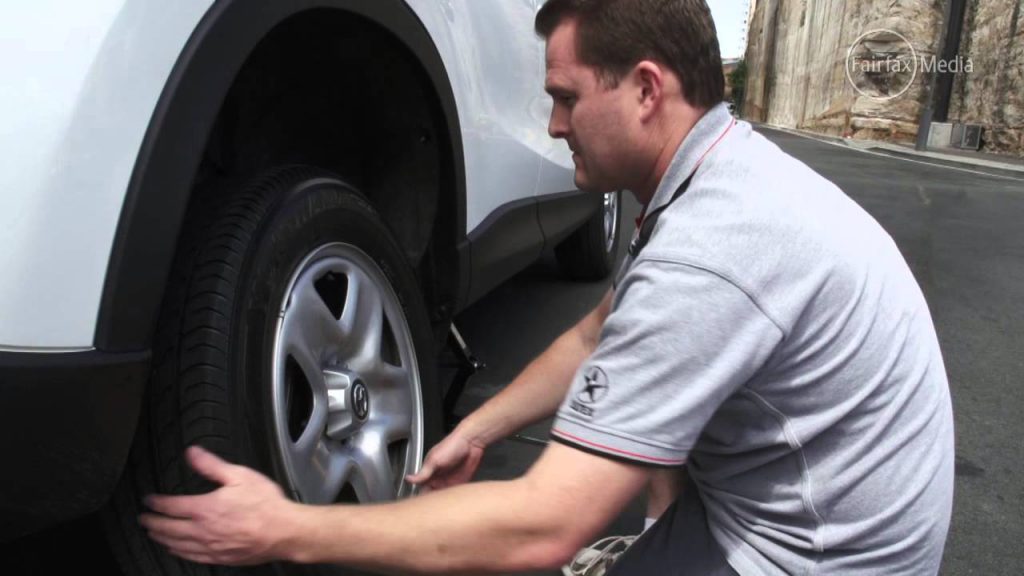
Many experienced car owners recommend removing bituminous stains by applying kerosene, gasoline or brake fluid to the surface. Any of the listed means is effective, however, in the case of using kerosene, it is recommended to choose an aviation composition. Nevertheless, we recommend using proven means, and resorting to folk remedies as a last resort.
To prevent bitumen sticking to the wheels and body, it is recommended to consider the following rules and tips while driving:
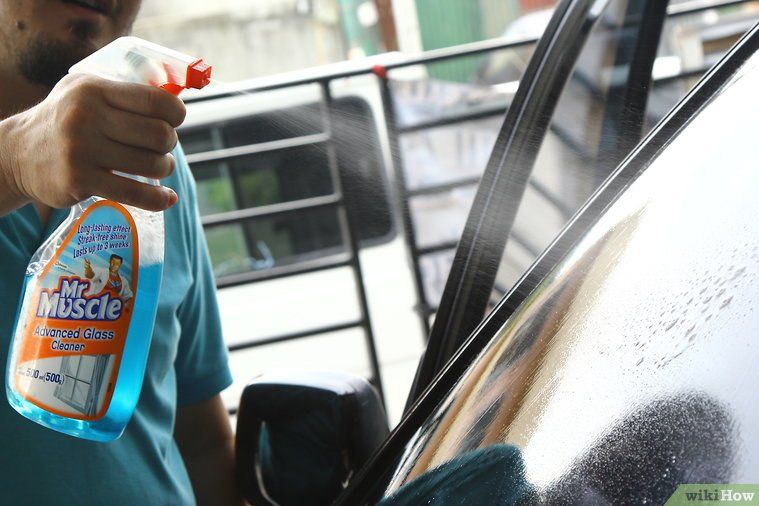
Following these tips will help reduce the risk of tar stains on your wheels and car body. If it was not possible to avoid the problem, you should immediately begin to clean up the contaminants using chemicals or kerosene.
autogeekonline.net
Few drivers do not mind when frozen black drops, streaks and splashes of bitumen from the road appear on the car body. How to get rid of traces of this road chemistry easier and faster?
Maxim Stroker
One of the "chips" of the summer season, in addition to stuffiness overboard and insects sticking to the windshield, has always been road bitumen. There are two main reasons, as the AvtoVzglyad portal once wrote. Firstly, it is in summer that heat-loving road builders prefer to repair and build tracks, generously using bitumen (tar).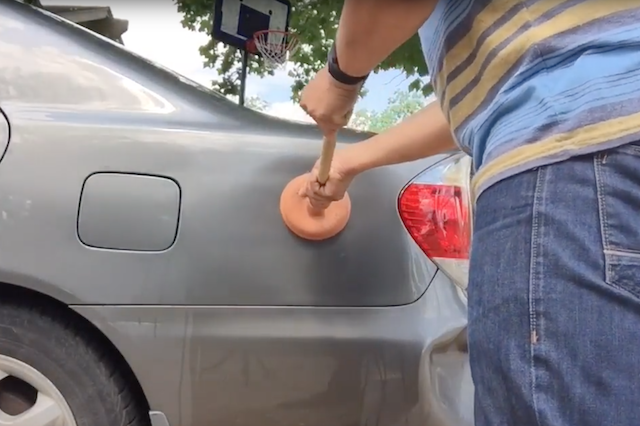 It is often poured so that it is under the wheels, and then on the bodies of cars. The second reason for the summer "bitumen formation" on the wings, doors, bumpers and hoods is the heat. The summer sun softens asphalt concrete and melts bituminous-gravel "patches" in the roadway, and the wheels of passing vehicles spray black slurry.
It is often poured so that it is under the wheels, and then on the bodies of cars. The second reason for the summer "bitumen formation" on the wings, doors, bumpers and hoods is the heat. The summer sun softens asphalt concrete and melts bituminous-gravel "patches" in the roadway, and the wheels of passing vehicles spray black slurry.
To some extent, you can minimize the amount of bitumen arriving at your car. To do this, you need to reset to the minimum possible speed if you are driving along a section of the route spilled with bitumen. The distance to the vehicle in front should be kept more. Especially if a truck looms in front of you, and even without “mudguards”. Another tip - try to move not along the rut in the asphalt (it is more fluid), but in parallel. Well, try to minimize maneuvering. The more often and at a greater angle the front wheels turn on the “bitumen-prone” section of the road, the less drops of black resin will fly from them onto the thresholds, front doors and fenders.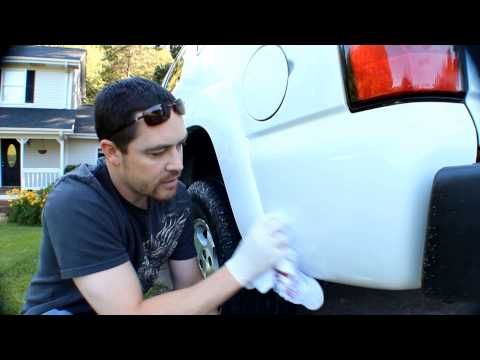
krasnodar-n1.ru
What to do if bitumen still left its black marks on the body of your car? It is best to fight him in hot, in every sense of the word, traces. That is, start eliminating immediately, as soon as you notice black drops and smudges. And it is desirable if the car will stand in the sun at the same time - in order to further soften the road resin. In such a situation, it is not necessary to rush headlong to the store for the appropriate auto chemicals. Fresh bitumen can be completely removed by using ... ordinary sunflower oil or margarine! It is necessary to apply oil to the contaminated surface with a cloth or some kind of swab and wait a little until it dissolves the bitumen. There is no need to rush to erase the hated black spots.
They contain a lot of sand and dust that can scratch the paintwork. We wait for the maximum softening of the bituminous traces and carefully remove them with a clean napkin or cloth.